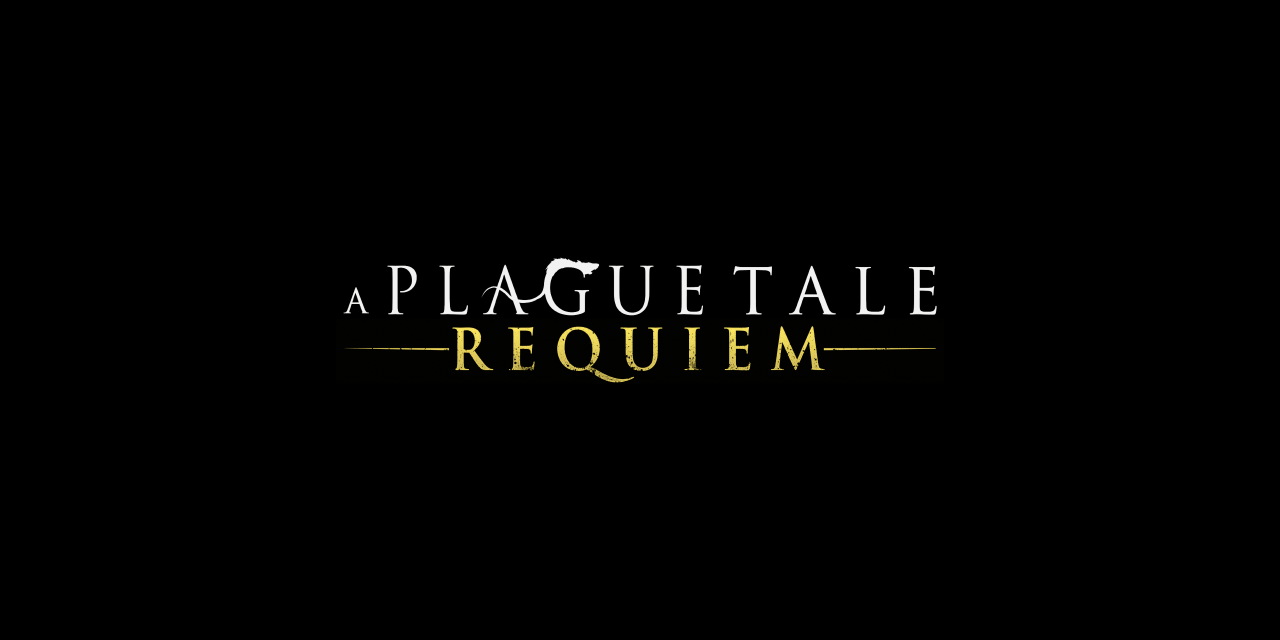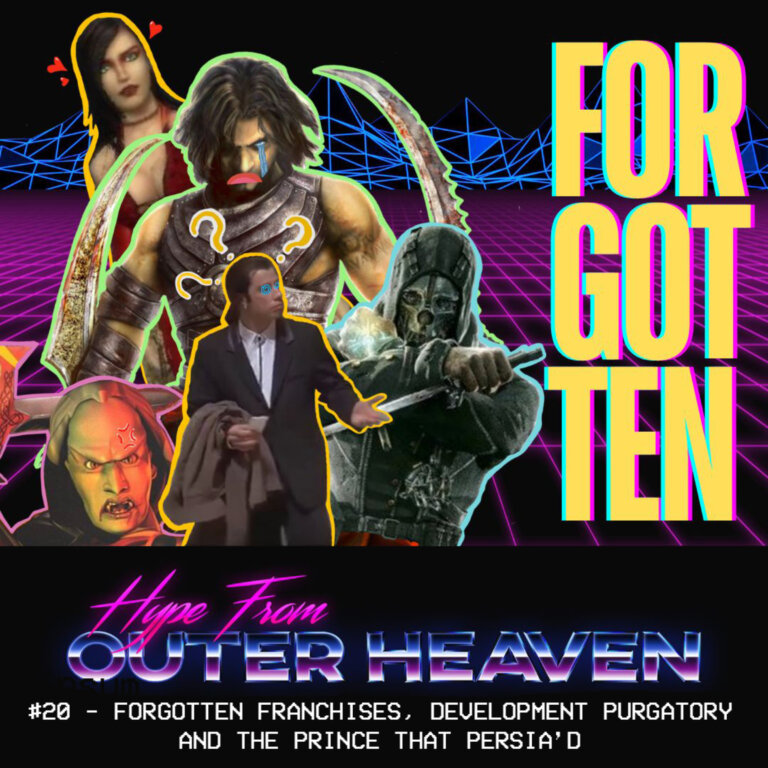‘A Tale of Excellence’
The sequel to the brilliant A Plague Tale: Innocence, Asobo Studio are back with a Plague Tale: Requiem once again published by Focus Entertainment and they kindly provided us with an early review code.
The game beings in the stunning countryside of 14th century France. Amicia, Hugo and Lucas are playing and game in which Lucas is the evil sorcerer and the siblings must hide from him. This actually serves as the game’s stealth tutorial and is wonderfully done. It also served to lighten my heart and remind me that despite the horrors the gang experienced in the first game, they remain children and haven’t yet lost their innocence. This also lead to a foreboding as I didn’t assume that a Plague Tale: Requiem would remain sunshine and children’s games for long.
The game is set roughy 6 months after the events of the first game and while they characters have been through a lot the game manages to balance keeping the characters familiar without ignoring the development they’ve been through in the meantime. Step aside Joel and Ellie, gamings new duo have arrived in full.
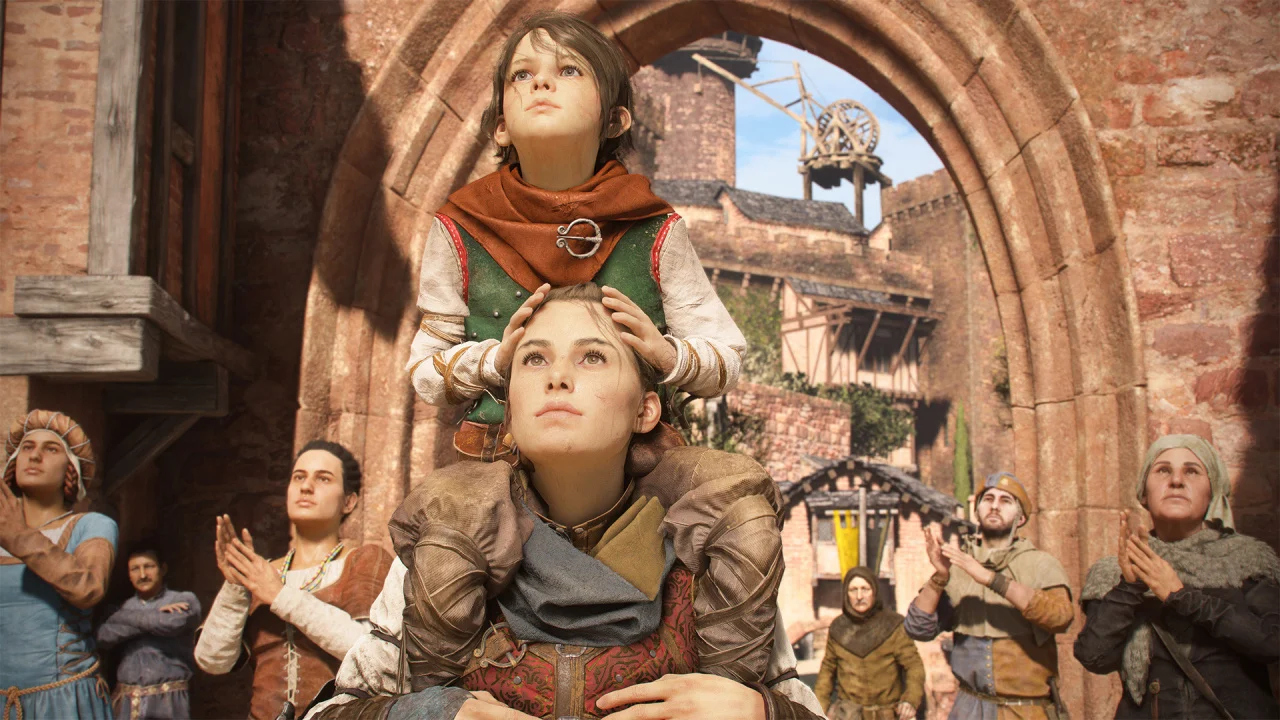
Not long into the game you arrive at a huge town and Hugo is amazed at its sheer scope and vibrancy, it’s a different world to the privileged yet provincial surroundings he grew up in. You’re given the option to explore and interact with as much or as little of these surroundings as you like, I’d recommend exploring everything fully, even if it’s just for the charming anecdotes you’ll uncover. This is one area where Requiem excels, small moments that help you get to know our protagonists better, they reinforce what we know if you’ve played the original game and if you haven’t they’ll help invest you in the characters and the world that Asobo have lovingly crafted.
For now however I was happy to see the bond between the siblings was as strong as ever and it made the tragedies of the first title a little easier to bare.
It’s not long before Amicia and Hugo find themselves in trouble once again, I played the game on its medium difficulty which is how I played the original and there’s an immediately noticeable change. Requiem is at its heart a stealth game but enemies seem much better at spotting you this time around. Upon being discovered for the first time I was caught by a foe, I grimaced as the “execution” animations are brutal and seeing Amicia murdered never stops feeling horrific. However, after the axe wielding farmer grabbed “me” I sighed and waited, but he only struck Amicia once and the game continued, no game over screen, well I was just stood their he struck again and this time finished me off. So it seems that the stealth itself is harder, then punishment for being caught, a little more forgiving.
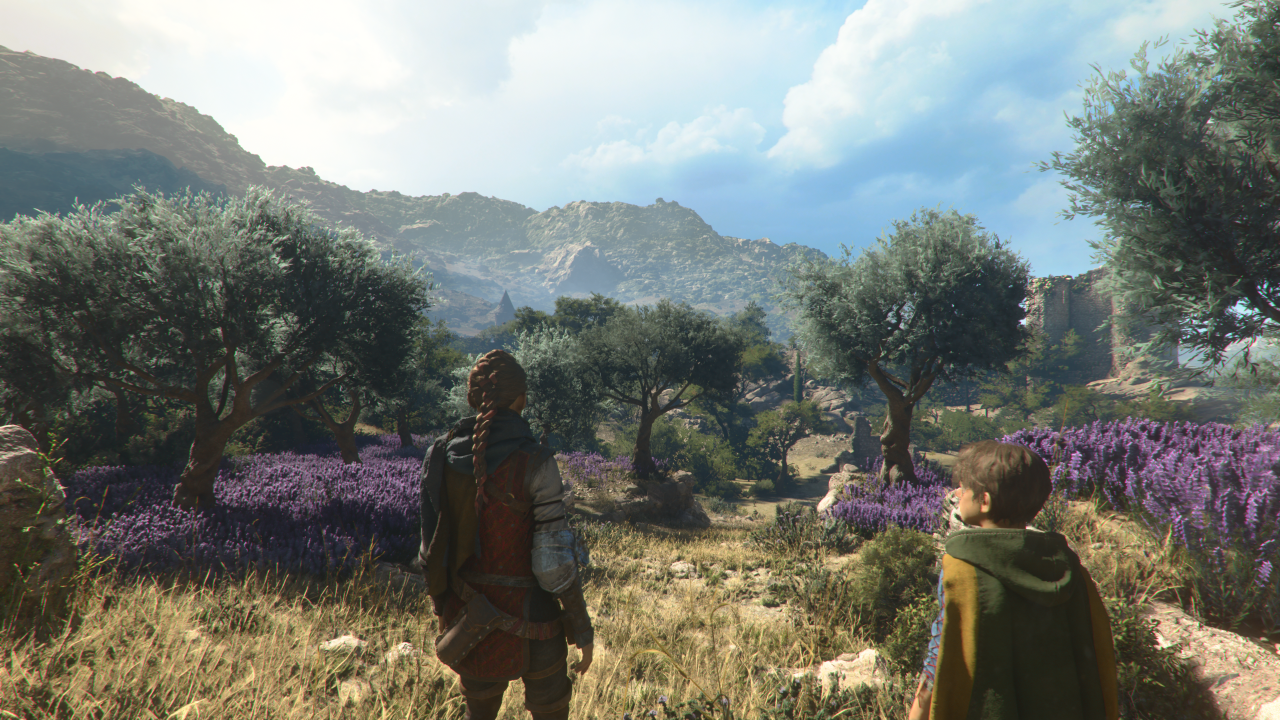
Requiem is one of the most strikingly beautiful games I’ve ever played. I lost track of how much time I spent in photo mode, tweaking settings like depth of field, visible in game models and chromatic aberration. This may not sound all that impressive but as a general rule I’ve never previously understood the point of “photo modes”, I had a mild appreciation for Ghost of Tsushimas photo mode, but requiem is so ridiculously well presented that I was stopping in almost every new local. Flower filled fields of vibrant colour, Mediterranean islands bedecked with windmills and ancient caverns unexplored in living memory and yes, dank oppressive rat nests.
Gameplay continues with the familiar triad of stealth, action and narrative sections, each taking focus as the plot dictates. Requiem is paced in such a manner that the game remains engaging for every moment of it’s 17 chapters. The sequel brings much more freedom than it’s predecessor in terms of how you handle the balance between stealth and action as the game develops.
Amica of course has a sling as you’d expect and the same assortment of alchemical accoutrements, she’ll also get her hands on a crossbow, but like all the tools at Amicia’s disposal, they are used as much for exploration, puzzle solving and finding hidden treasures as they are as instruments of death.
Speaking of development, while Amicia’s character development is left to the narrative, her skill development is entirely down to the player, or more accurately, how you play. Rather than it being solely limited to crafting and skill points, your general playstyle will dictate the skills Amicia develops, be they stealth based such as moving more cautiously and making less noise, or learning the finer points of how to aggressively strangle a man.
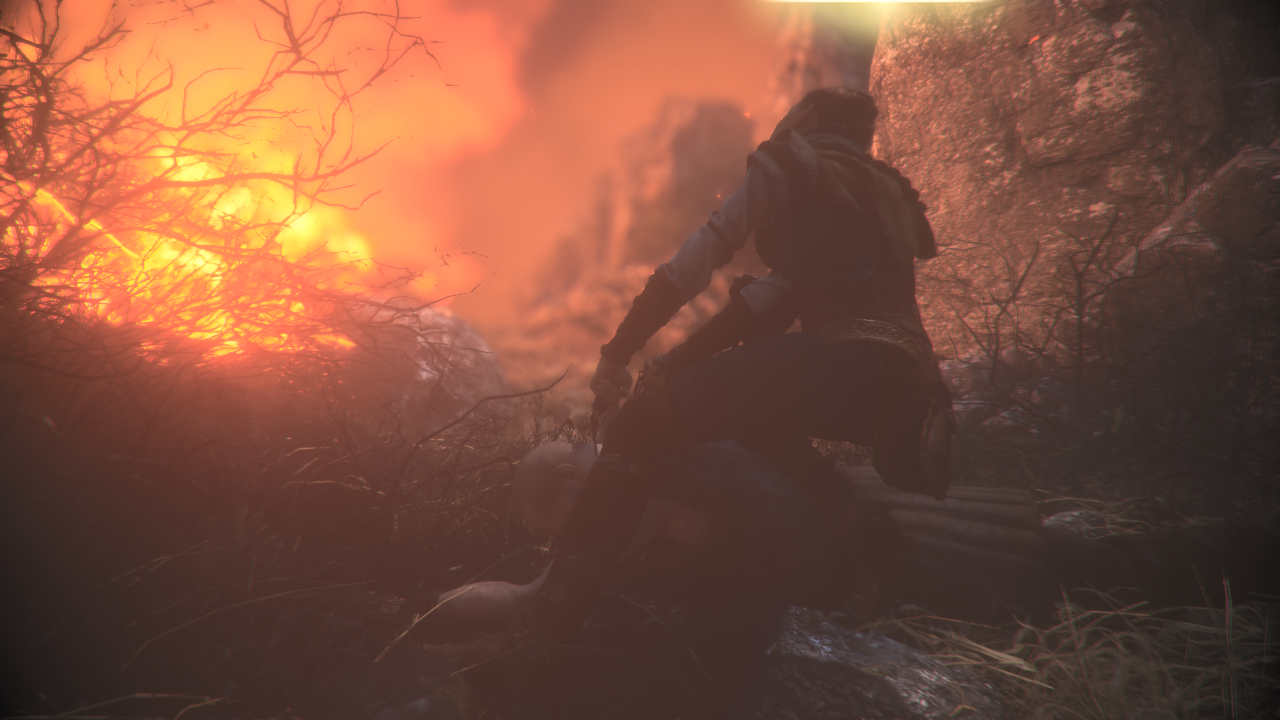
This serves to make you feel responsible for Amicia’s moral and psychological well being and the game treats the taking of a life with a weighted severity that isn’t common in gaming. Even during times of frantic battle the game manages to make you feel responsible for the lives you take as our daring duo.
The game also features new collectibles, the flowers which Hugo is such a fan of return but along side them are feathers and souvenirs. The feathers function like the flowers except instant of being placed in Amicia’s hair, they are instead tucked into Hugo’s lapel. Souvenirs are small charming but missable moments of narrative interaction between the characters. I’m not ordinarily a fan of collectibles in games and while I care little for the flowers or feathers, the souvenirs I’ve found so far have been so extraordinarily captivating that I’ll be going back through through the game to make sure I collect them all.
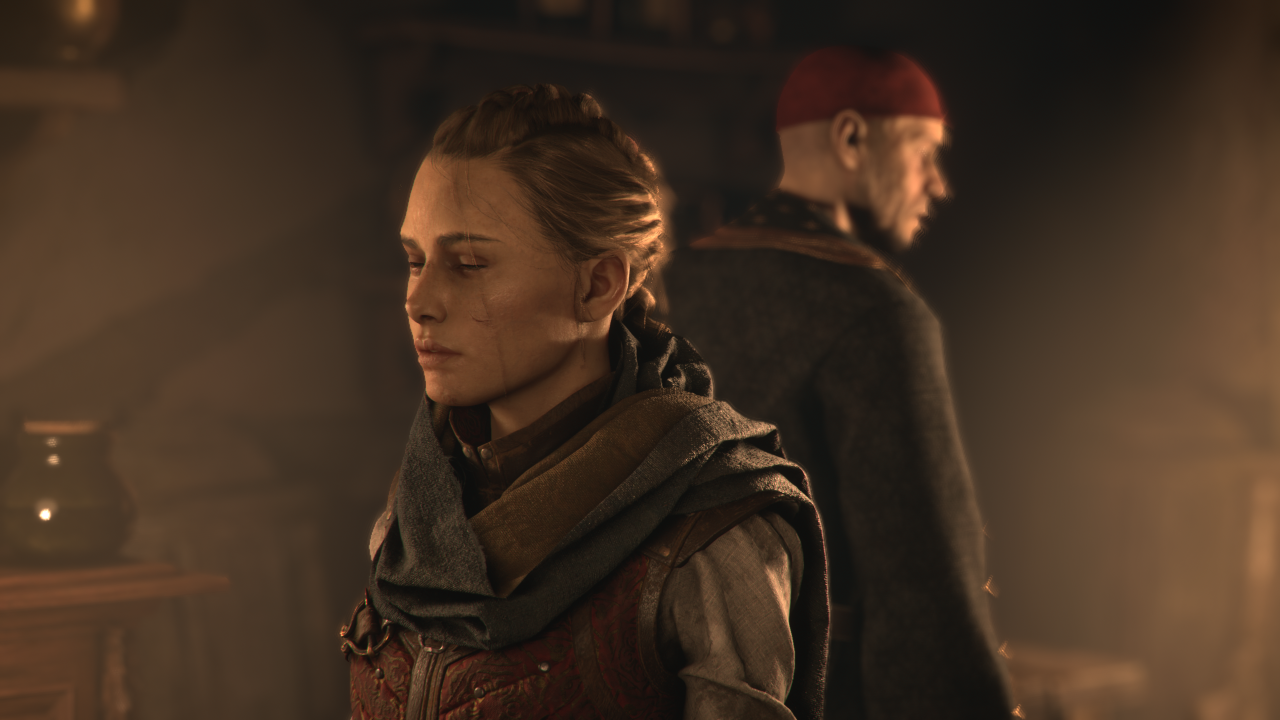
Now, if there’s on thing I always find frustrating about direct sequels in gaming it’s that you spend much of the game relearning the skills you’d unlocked by the end of the original. A Plague Tale Requiem isn’t free of this but it explains it in a very meta way. Amicia and for the most part Lucas will share little chats about how this knowledge is nothing new, commenting that it’s been a while since they needed to use an ‘Ignifer’ and so on. The first time they did so made me chuckle and tip my hat to the team at Asobo. They could have ignored it and we’d just have accepted it as a trope of gaming, but clearly attention to detail is a priority to Asobo.
It’s not just progression that’s changed, the rodents themselves have increased in number becoming nothing short of a verminous tide, mere numbers isn’t the only squeaking development, their little rat minds are brighter to. At times you’ll find yourself in more open areas, these sections bring a whole new tension. The claustrophobic caution of narrow streets are replaced with an almost agoraphobic anxiety that the rats are everywhere. The wide open spaces mean that light doesn’t reach quite as far, and with their whiskers twitching the rats will sniff you out if you linger too long in the shadows.
This may not sound like all that much of a big deal but in the original game the rats and their affliction known as “The Bite” felt more like an environmental obstacle than an actual menace (The games final boss aside) but in Requiem the sinister light in their eyes means that not only do you need to worry about mercenaries (who seem all to happy to skewer our teenage heroine on a spear), little mischiefs of rats will now scurry about and invade your momentary refuge, devouring our protagonists while filling your ears with a sinister cacophony of squeaks and screams.
Squeaks and screams aren’t all you’ll hear while playing Requiem, the games soundtrack is incredible, I know little of what 14th century France should sound like, but the score is in all honest perfectly paired with it’s narrative beats that as the frantic pace of the strings increases, your own whiskers will start twitching. It fact the only thing that sounds out of place is how English almost all the enemies sound. Being set during the 100 years war and the chaos around it goes someway to explaining this but at times it doesn’t hit the ear right.
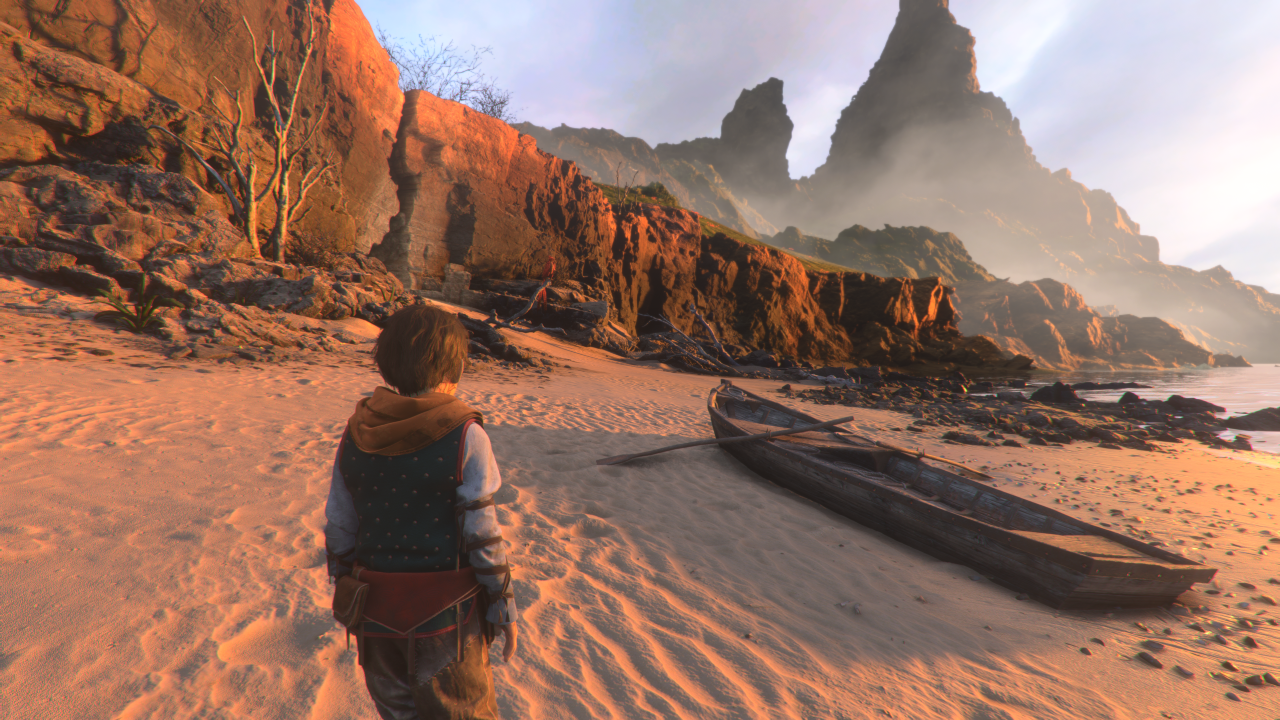
While on the topic of all things audible if one aspect stands out, it’s the vocal performances. Anna Demetriou will charm her way into your heart as Sophia and Harry Myers brings a gravity to Arnaud that no matter his current circumstance still bears a regal countenance. Much like in the original game Logan Hannan delivers every line in the perfect “little brother” tone that those of us with younger brothers will be all too familiar with.
The world of a plague tale is dark and violent place filled with death and well, obviously, plague, Hannan delivers a performance with an understanding that certainly exceeds his years. However, it’s Charlotte McBurney as our heroine Amicia that really stands out, her performance is simply sensational. I can’t go into too much detail here without huge spoilers but McBurney’s performance elevates the already fantastic writing of Requiem to near perfection. The tour de force that is McBurney’s portrayal of Amicia De Rune never fails to hit the mark. There were moments when the most earnest of smiles creased my ageing cynical face merely from the warmth of their delivery, not to mention the tears that flowed during some of the games more anguish filled moments.
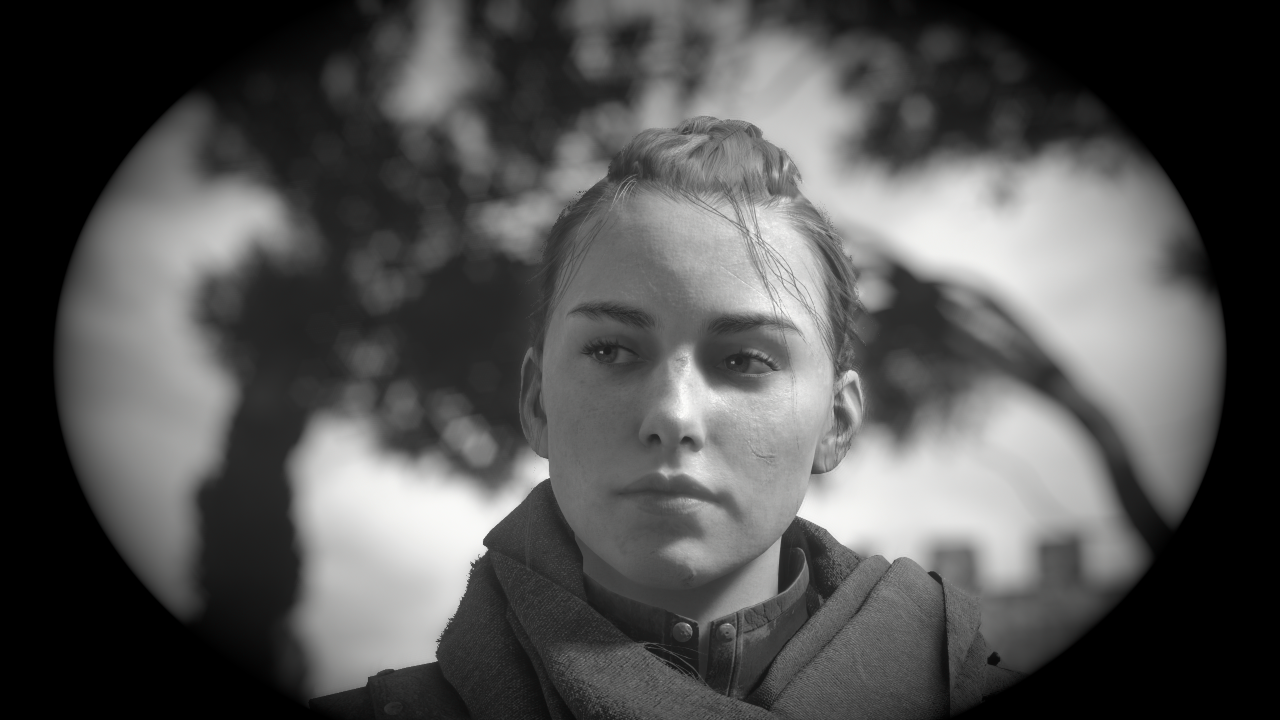
As mentioned previously, our duo are joined by some new faces, Arno and Sophia, the former a disgraced knight, latter a smuggler. Those descriptions alone do nothing to scratch the surface of their characters but to reveal anymore would rob you of the experience that is getting to know them yourself. What I will say is that Sophia particularly stands out and I’d gladly welcome more time in her company, be that in DLC, an entire spin-off or heck, I’ll take a novel if I could get one.
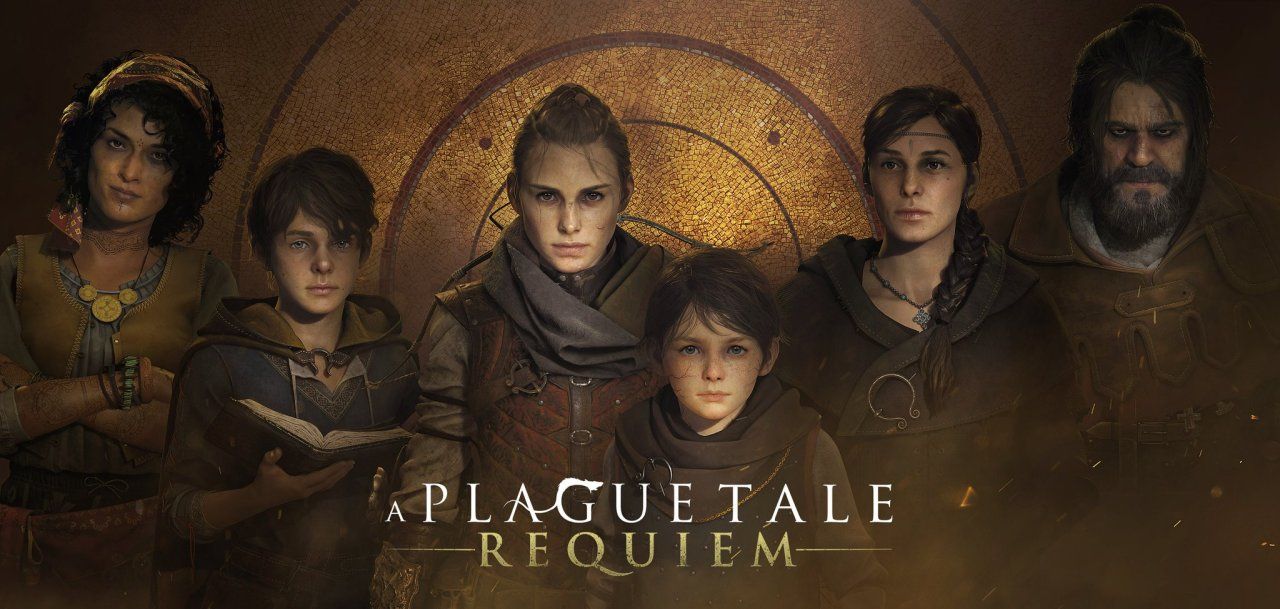
The new additions to the cast serve to ground Amicia and Hugo and remind them as well as us the player that despite Amicias skills with a sling putting David (of Goliath fame) to shame and Hugo’s immense power, they are still children. It’s masterfully done, we’ve all played games in which a young character has lost their childhood to traumatic events, but rather than immediately turn Amicia and Hugo into grizzled veterans old before their time in a dark world, Asobo instead present a more thought out narrative that keeps the duo feeling capable yet continually vulnerable. It works so well that even many hours and dozens of encounters later, you as the player are always aware just how much danger our heroes are in.
While the narrative of Requiem is outstanding I don’t wish to spoil too much. What I will say is that continuing the quest to cure Hugo of his affliction, the Prima Macula, (a tainted blood that grants Hugo the ability to control the rodents that infest the game) is a stand out experience and I can’t recall the last time I was this invested in a game or it’s characters. I would recommend playing the original game first, it’s by no means essential but you’ll find Requiem all the more rewarding if you do.
In an industry drowning in free to play battle pass infested cash grabs A Plague Tale: Requiem is finely crafted narrative excellence that reminds us that gaming is an art form, Requiem is an experience that will stay with me for along time to come.

